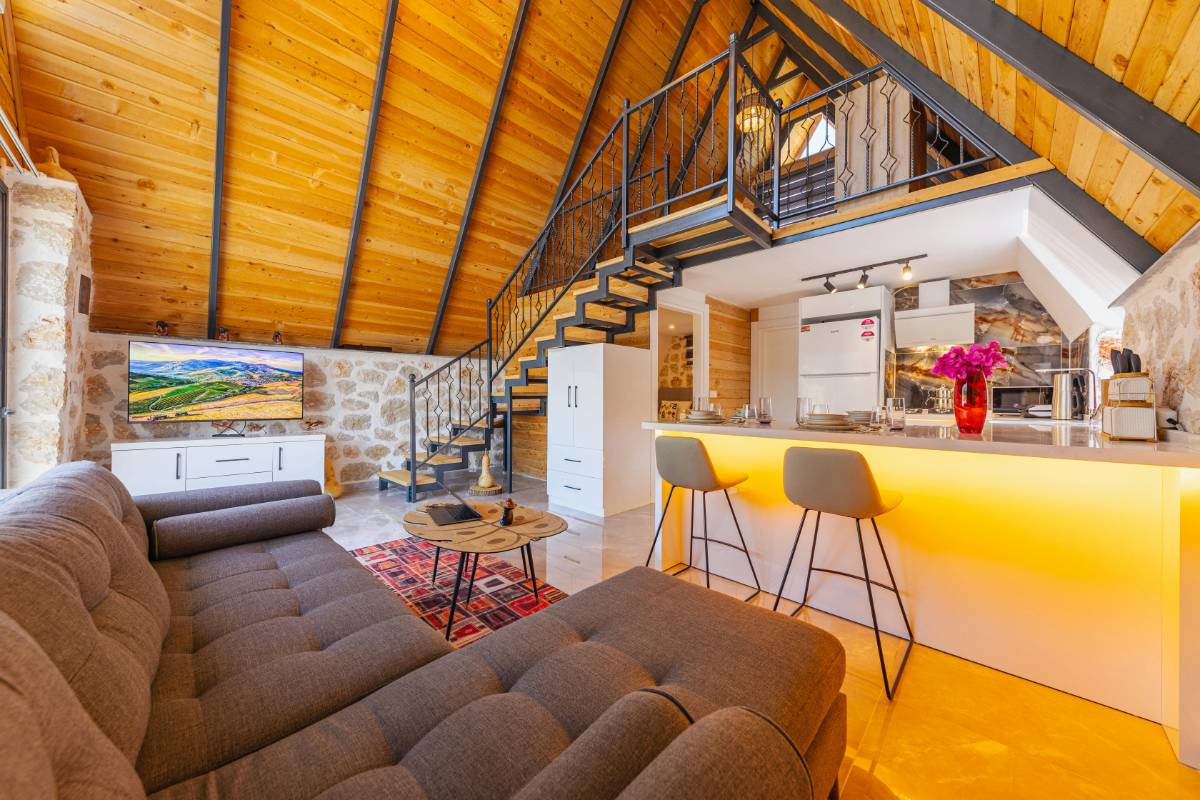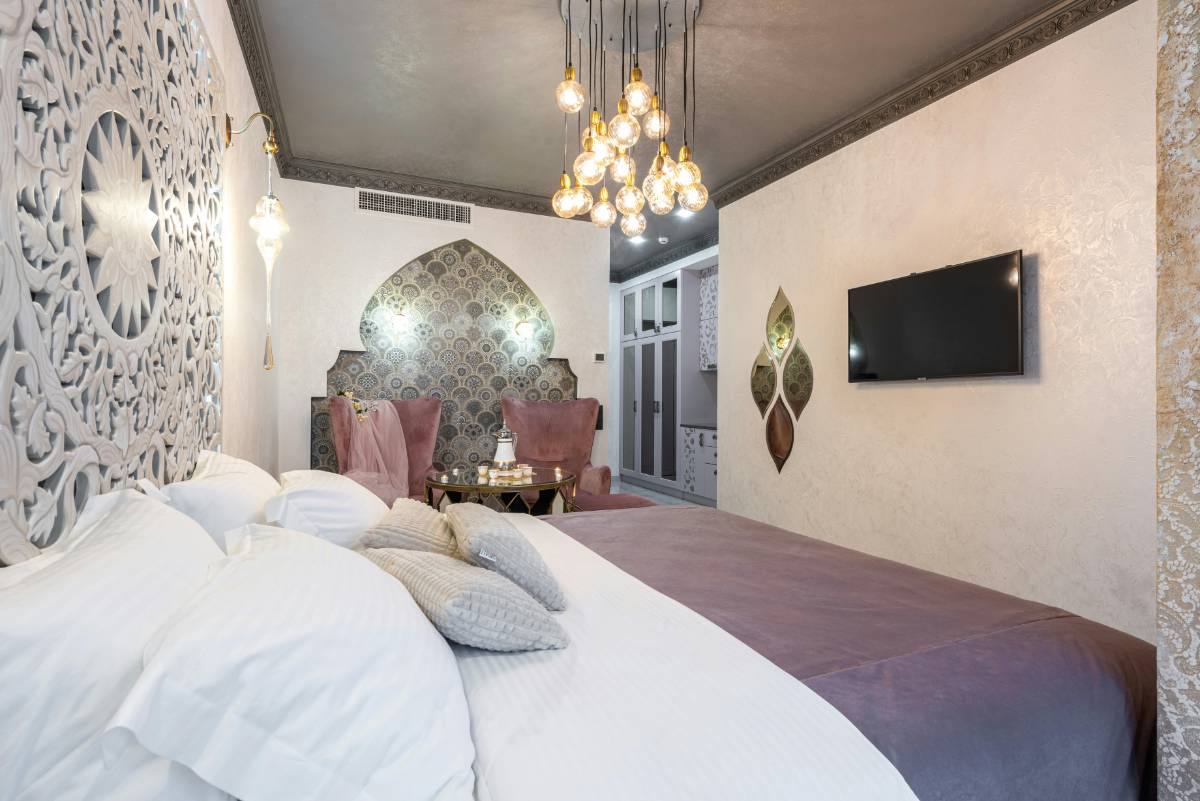Sustainable Design for High-Performance Sports Facilities

2 min read
|22 Apr 2025High-performance sports facilities are more than just venues for athletic events; they are complex structures that require careful design to meet the needs of athletes while also addressing environmental and operational concerns. Sustainable design practices are increasingly being incorporated into these facilities to ensure they are energy-efficient, environmentally friendly, and capable of supporting top-tier athletic performance. This article explores the key principles of sustainable design in high-performance sports facilities and highlights examples of successful implementations.
Key Principles of Sustainable Design in Sports Facilities
Sustainable design for high-performance sports facilities focuses on several key principles to balance functionality, efficiency, and environmental impact:
Energy Efficiency: High-performance sports facilities often have high energy demands due to lighting, heating, cooling, and other systems. Sustainable design incorporates energy-efficient technologies, such as LED lighting, high-performance HVAC systems, and renewable energy sources like solar panels or wind turbines. These measures reduce energy consumption and operational costs.
Water Conservation: Water usage in sports facilities can be significant, particularly in facilities with swimming pools, irrigation systems, and other water-dependent features. Sustainable design includes water-saving fixtures, rainwater harvesting systems, and efficient irrigation practices to minimize water use and manage resources effectively.
Indoor Air Quality: Maintaining high indoor air quality is crucial for the health and performance of athletes. Sustainable design incorporates advanced ventilation systems, air filtration, and the use of low-emission materials to ensure a clean and healthy indoor environment.
Sustainable Materials: The choice of building materials plays a significant role in sustainability. Using locally sourced, recycled, or sustainably harvested materials helps reduce the environmental footprint of the facility. Additionally, selecting durable materials that require minimal maintenance contributes to the long-term sustainability of the facility.
Waste Management: Effective waste management practices are essential for reducing the environmental impact of sports facilities. Sustainable design includes strategies for recycling, composting, and minimizing waste generation. Facilities can also implement programs to manage construction waste and ensure proper disposal of hazardous materials.
Examples of Sustainable Sports Facilities
Several high-performance sports facilities around the world exemplify sustainable design principles:
The Mercedes-Benz Stadium, USA: Located in Atlanta, Georgia, the Mercedes-Benz Stadium is known for its sustainable features, including a green roof, water conservation systems, and energy-efficient lighting. The stadium's design also incorporates a comprehensive recycling program and advanced HVAC systems to enhance energy efficiency.
The London Aquatics Centre, UK: Designed by Zaha Hadid Architects for the London 2012 Olympics, the London Aquatics Centre features a unique, wave-like roof and sustainable design elements such as rainwater harvesting, energy-efficient systems, and sustainable materials. The facility prioritizes environmental performance while providing world-class aquatic facilities.
The National Sports Centre, Singapore: The National Sports Centre in Singapore is designed with sustainability in mind, featuring energy-efficient systems, natural ventilation, and a green roof. The facility also incorporates water conservation measures and sustainable materials to reduce its environmental impact.
The Sydney Cricket Ground, Australia: The Sydney Cricket Ground has undergone significant renovations to incorporate sustainable design features, including energy-efficient lighting, water-saving fixtures, and green infrastructure. The facility focuses on reducing its carbon footprint while maintaining its status as a premier sports venue.
Benefits of Sustainable Design in Sports Facilities
Integrating sustainable design principles into high-performance sports facilities offers numerous benefits:
Enhanced Performance: Athletes perform best in environments that are well-regulated for temperature, air quality, and other factors. Sustainable design ensures that these conditions are optimized, contributing to better performance and well-being.
Operational Savings: Energy-efficient systems and water-saving technologies result in lower operational costs. Sustainable design helps sports facilities save money on utilities and maintenance, improving overall financial efficiency.
Environmental Impact Reduction: Sustainable design reduces the environmental impact of sports facilities by minimizing energy consumption, water use, and waste production. This contributes to overall sustainability goals and helps protect natural resources.
Increased Resilience: Sustainable design enhances the resilience of sports facilities by incorporating features that address environmental stresses and adapt to changing conditions. This ensures that facilities remain functional and effective in the long term.
Community Engagement: Sustainable sports facilities often serve as models for environmental stewardship and community engagement. By demonstrating a commitment to sustainability, these facilities can inspire others to adopt similar practices and contribute to broader sustainability goals.
Challenges and Future Directions
Despite the benefits, there are challenges associated with implementing sustainable design in sports facilities:
High Initial Costs: Sustainable design features can involve higher upfront costs, which may be a barrier for some projects. Balancing these costs with long-term benefits requires careful planning and investment.
Complexity of Integration: Integrating sustainable design with the specific requirements of high-performance sports facilities can be complex. Coordinating various systems and technologies requires expertise and thorough planning.
Ongoing Maintenance: Sustainable systems often require ongoing maintenance and monitoring to ensure optimal performance. Facilities must be prepared to manage and maintain these systems effectively over time.
Conclusion
Sustainable design is transforming the way high-performance sports facilities are developed and operated. By incorporating energy-efficient technologies, water conservation measures, and sustainable materials, these facilities can achieve high performance while minimizing their environmental impact. The benefits of sustainable design extend beyond operational efficiency, contributing to the health and well-being of athletes and the broader community. As sustainability continues to be a priority in construction and design, high-performance sports facilities will play a crucial role in advancing environmental stewardship and setting standards for future developments.
RECENT POSTS
1
The Evolution of Luxury Living Over the Last Century
3 min read | 07 Mar 20252
How to Accessorize a Small Apartment on a Budget
5 min read | 29 Mar 20253
Decorating with Dollar Store Finds
4 min read | 04 Apr 20254
The Role of Biomimicry in Sustainable Architecture
4 min read | 25 Mar 20255
Luxury Living and the Art of Entertaining
3 min read | 11 Mar 20256
How to Style Shelves on a Budget
2 min read | 29 Mar 2025MORE POSTS

Accessories That Transform Your Bedroom into a Sanctuary
2 min read | 22 Mar 2025
The Role of Renewable Energy in Sustainable Architecture
4 min read | 07 Mar 2025
How to Choose the Perfect Bed Frame for Your Bedroom
4 min read | 08 Apr 2025
The Importance of Indoor Air Quality in Sustainable Buildings
3 min read | 18 Mar 2025
Key Principles of Eco-Friendly Building Practices
2 min read | 05 Mar 2025
How to Create a Gallery Wall on a Budget
3 min read | 01 Apr 2025MORE ARTICLES

4 min read | 29 Mar 2025
The Most Expensive Luxury Homes on the Market
The world of luxury real estate offers some of the most stunning and expensive homes on the market, catering to the elite and affluent. These homes not only provide unparalleled comfort and opulence but also showcase the height of architectural and design excellence. In this article, we explore some of the most extravagant and costly luxury homes available today, each representing the pinnacle of high-end living.

2 min read | 28 Mar 2025
How to Choose the Perfect Luxury Furniture
Selecting the perfect luxury furniture involves more than just choosing aesthetically pleasing pieces. It requires a keen understanding of quality, design, and personal style to create a sophisticated and cohesive living space. This guide explores essential factors to consider when choosing luxury furniture, helping you make informed decisions that enhance both the functionality and elegance of your home.

3 min read | 27 Mar 2025
Luxury Living in the Mountains: Top Alpine Properties
Mountain living offers a unique blend of serenity, stunning landscapes, and luxurious amenities. Alpine properties, nestled in picturesque mountain ranges, provide an exclusive retreat from the hustle and bustle of everyday life. This article explores some of the most luxurious mountain properties, highlighting their distinctive features, design elements, and the unparalleled experience they offer.

3 min read | 26 Mar 2025
The Impact of Globalization on Luxury Living
Globalization has profoundly influenced various aspects of modern life, and luxury living is no exception. The interconnectedness of global markets, cultural exchange, and advancements in technology have transformed how luxury is defined and experienced. This article explores the impact of globalization on luxury living, examining how it has reshaped luxury real estate, design trends, consumer preferences, and the overall concept of opulence.

2 min read | 25 Mar 2025
Luxury Living and High-End Kitchens
In the realm of luxury living, the kitchen is often regarded as the heart of the home. A high-end kitchen not only serves as a functional space for preparing meals but also as a central hub for entertaining and socializing. With advancements in design, technology, and materials, luxury kitchens have evolved into sophisticated spaces that blend aesthetics with cutting-edge functionality. This article explores the key elements of high-end kitchens in luxury living, highlighting design trends, features, and innovations that define the ultimate culinary experience.

5 min read | 24 Mar 2025
The Most Extravagant Celebrity Homes
Celebrity homes are often synonymous with opulence and extravagance. These residences are not just places to live but are reflections of their owners' lavish lifestyles, showcasing exceptional design, cutting-edge technology, and unique features that set them apart from the ordinary. This article explores some of the most extravagant celebrity homes around the world, highlighting their distinctive qualities and the luxurious amenities that make them stand out.
